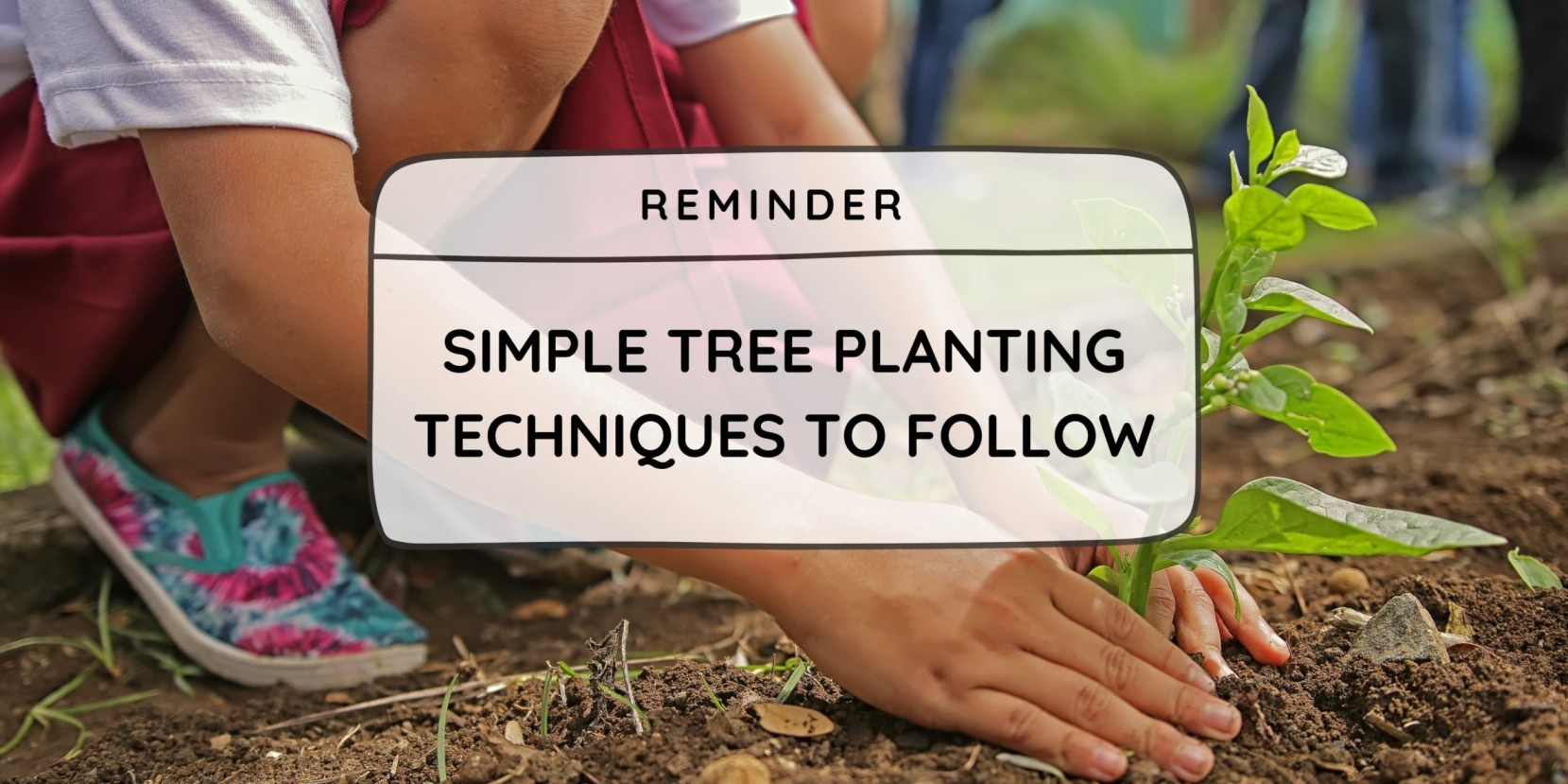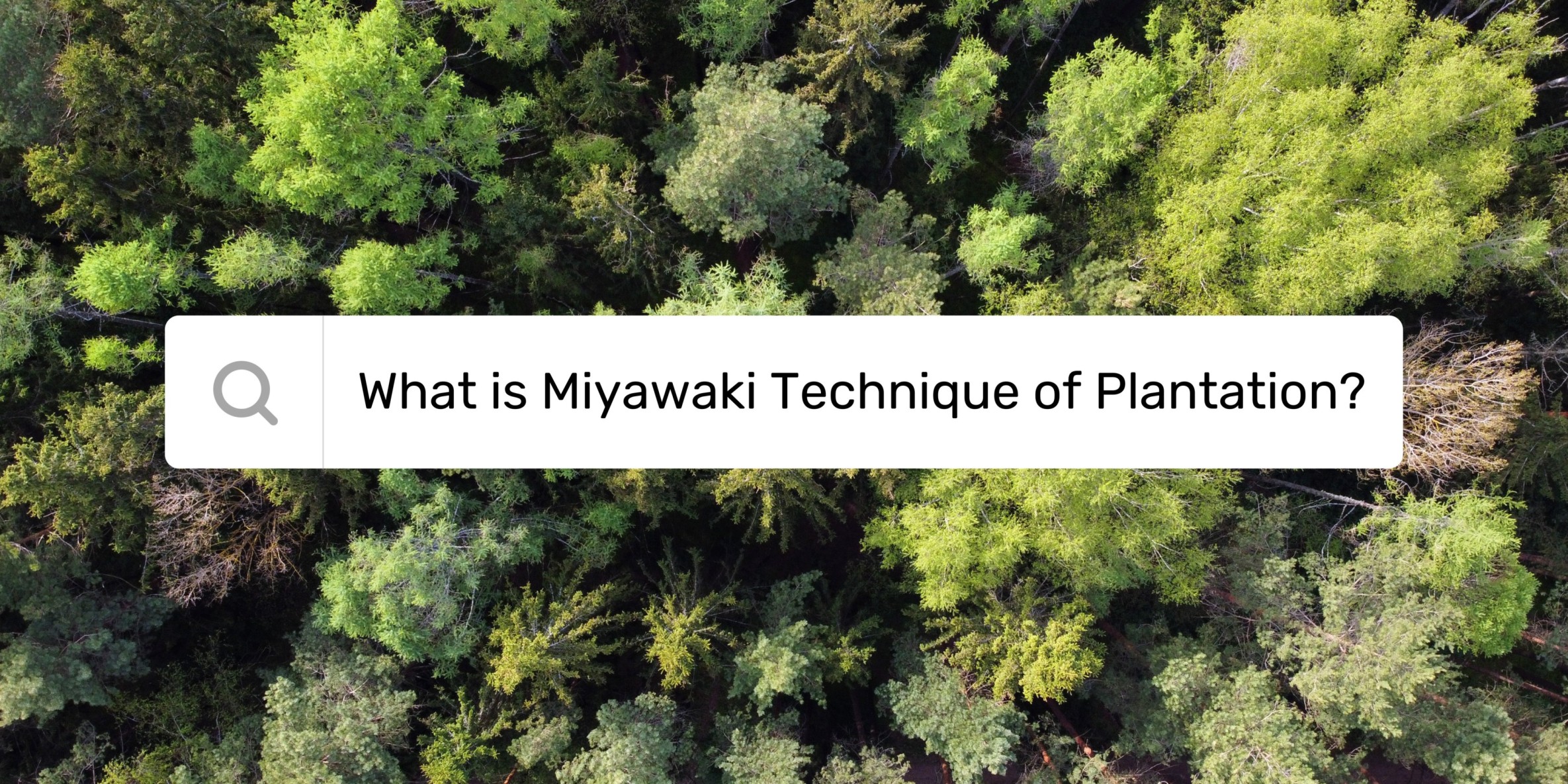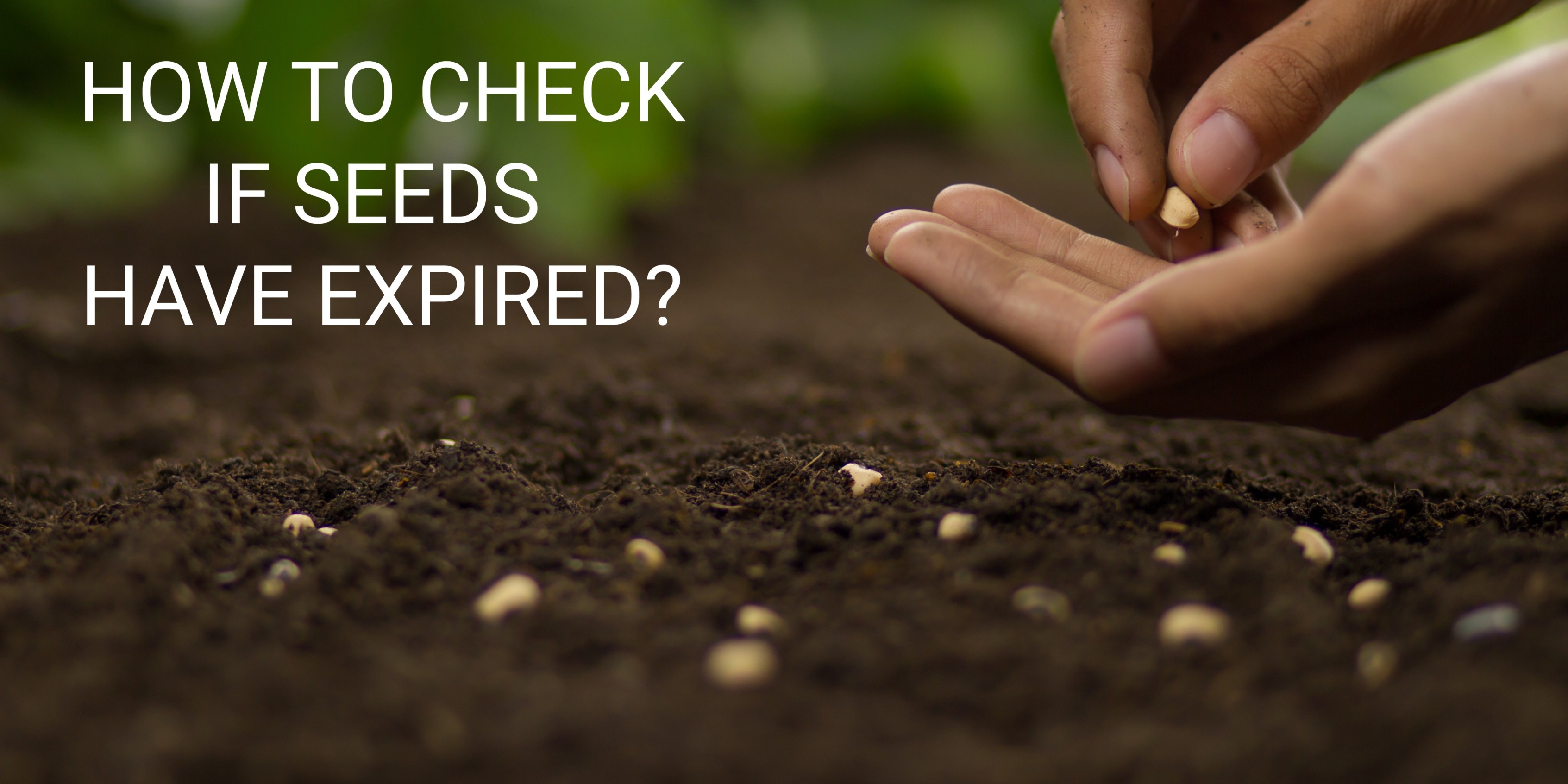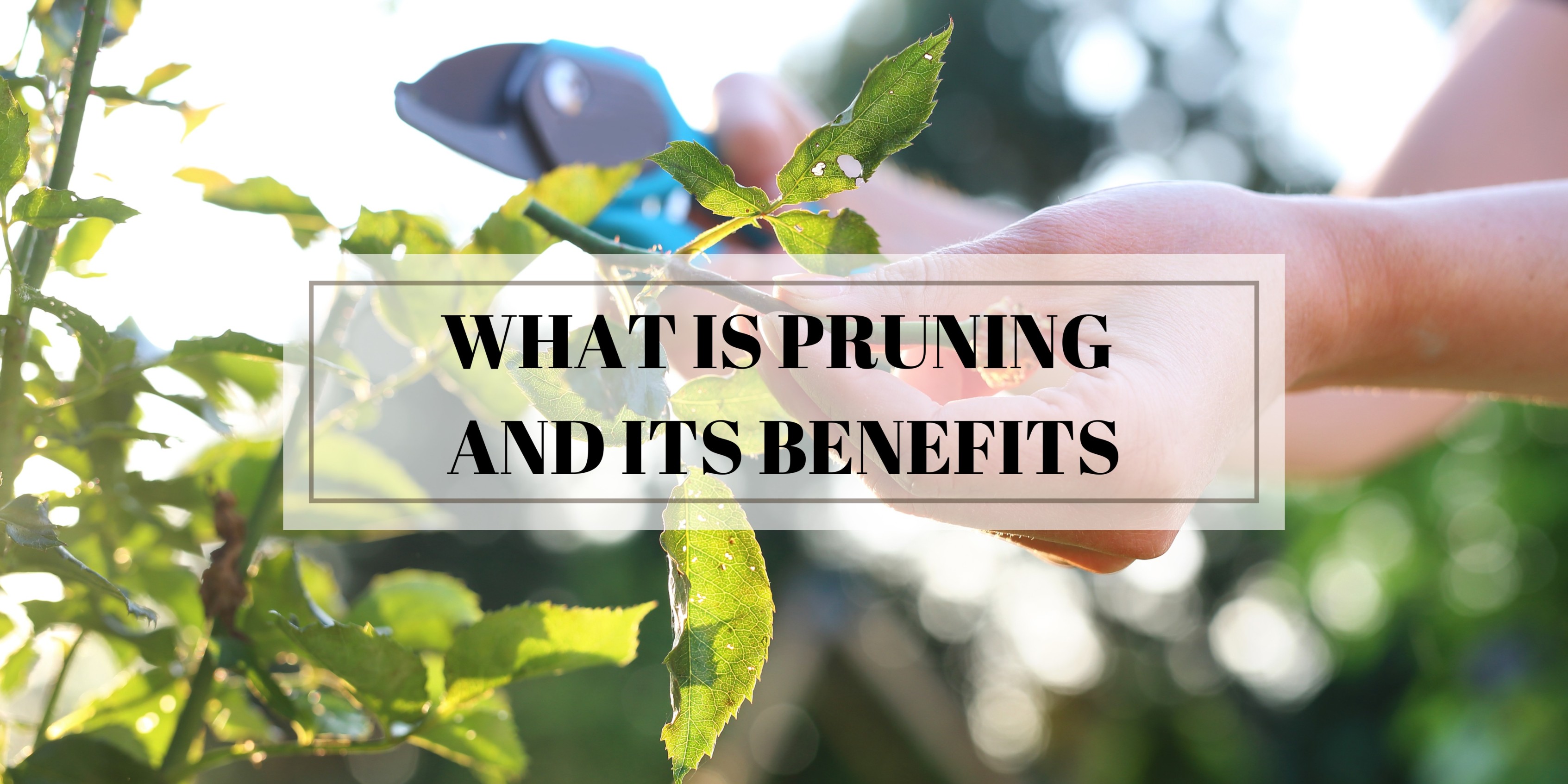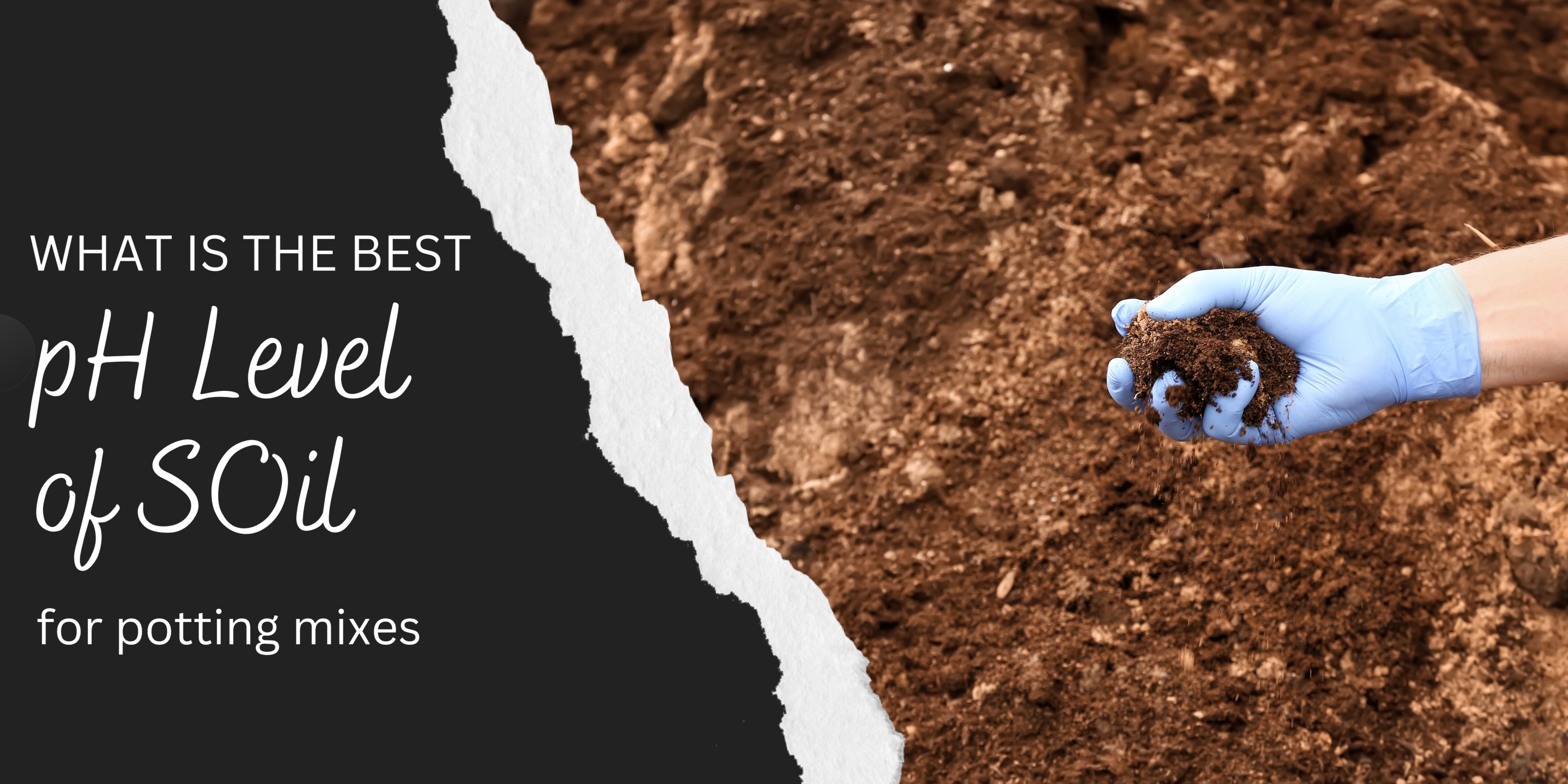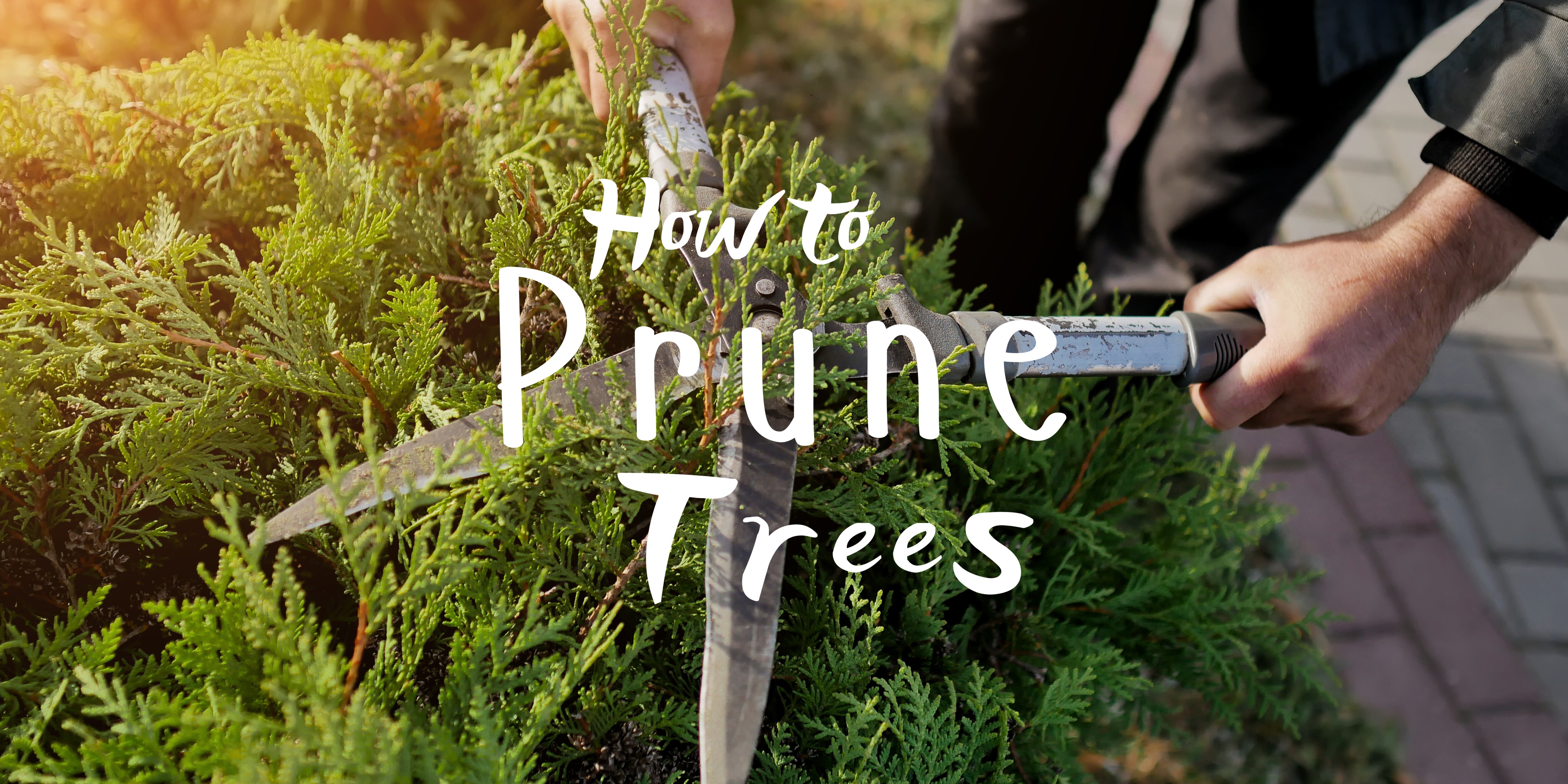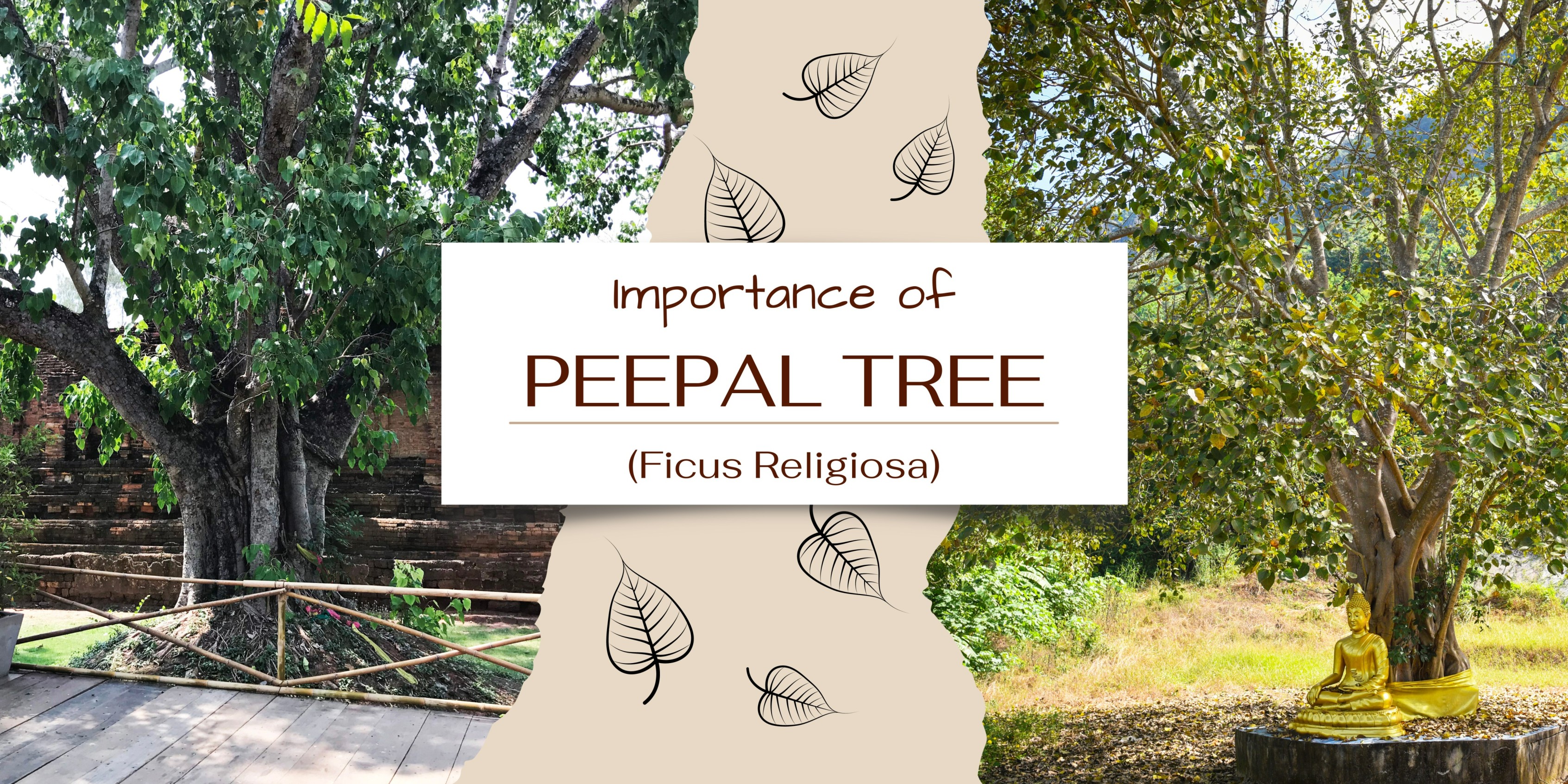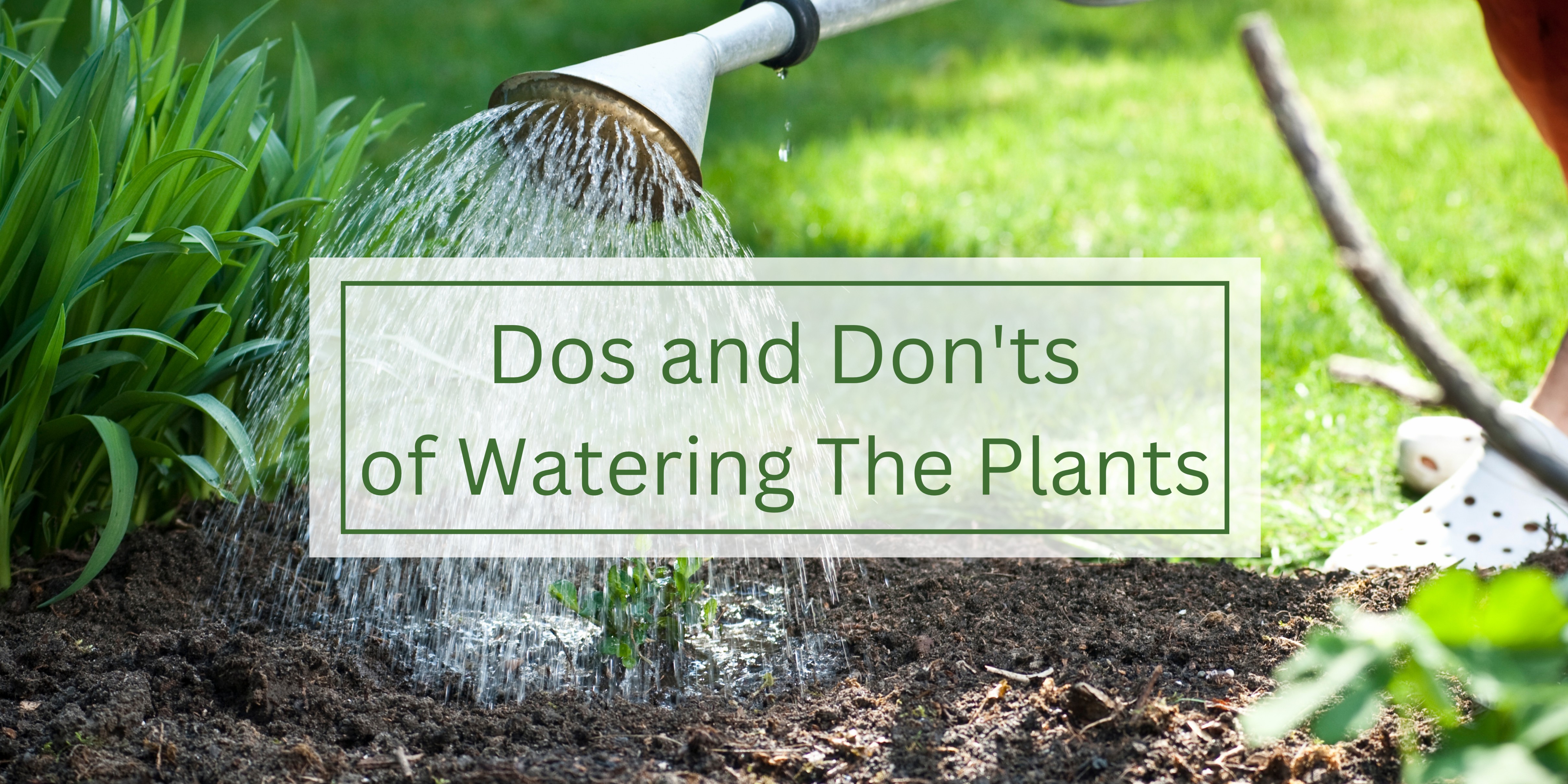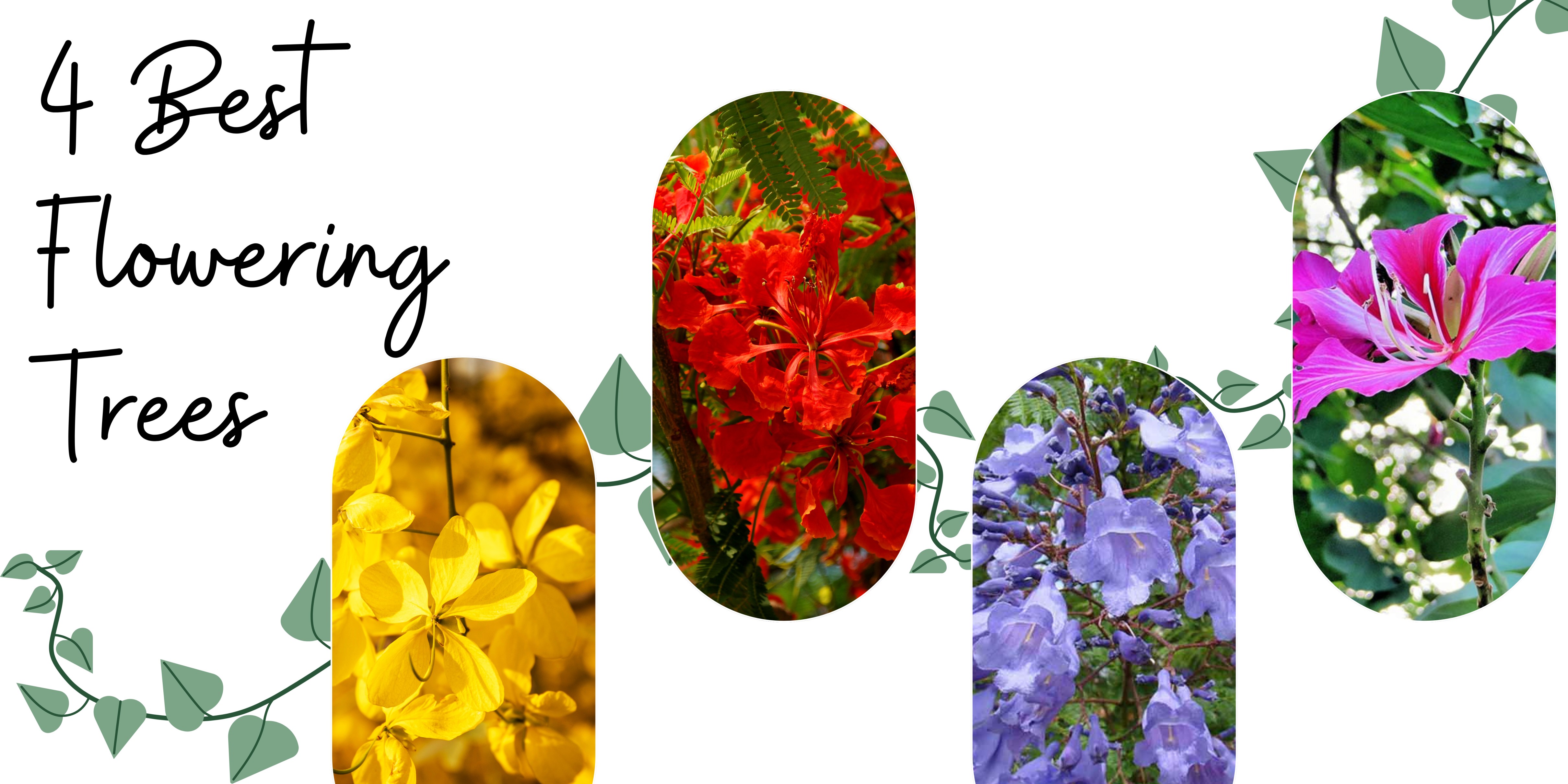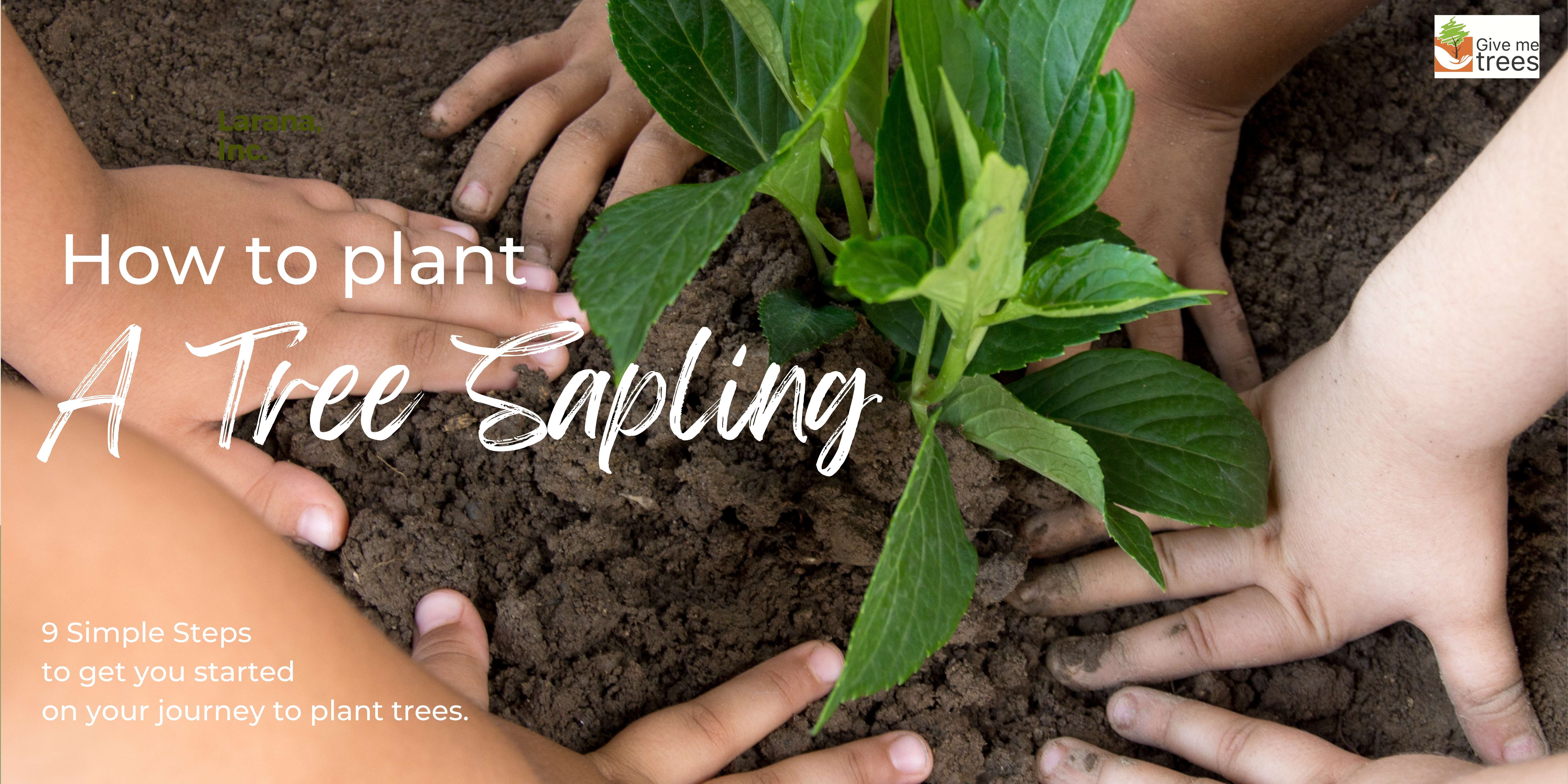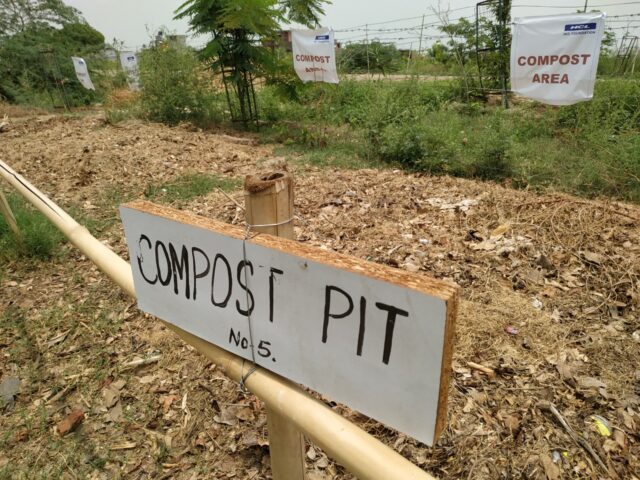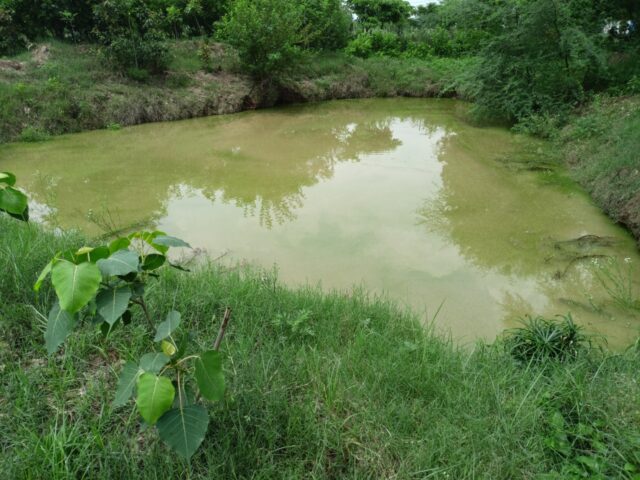
Have you ever heard of a flood in or around a forest? Rarely, right? And even if you have, there are no casualties and no major harm in the surrounding villages or cities. This is due to the power of trees to conserve water. The floods do not harm the urban population which stays a few kilometers away from a forest. The forests hold the water. The trees take it down through their roots and a whole bed of water is created under the forest land. And then it seeps slowly into little streams and rivulets, brooks, creaks, small rivers, and lastly into the big river. The rivers in the forests are rarely flooded. Forests and rivers protect each other.
Trees play a critical role in water conservation. This happens in three ways primarily:
1. Trees reduce water runoff by absorbing rainwater through their roots and holding it in the soil. Each tree helps in balancing the groundwater through its root system. This process helps to recharge groundwater and prevents soil erosion.
2. Trees release moisture into the air through a process called transpiration, which helps to increase humidity levels and the formation of clouds, thereby promoting rainfall.
3. They help to shade the ground and cool it, reducing evaporation rates and keeping the soil moist. In this way, trees help in groundwater conservation.
When you plant trees and increase the forest cover, it is not only improving the air quality but also improving the water levels in the ground.
Overall, trees are essential in maintaining a healthy water cycle and promoting sustainable water use. Hence, one of the most effective and eco-friendly ways to conserve water is to plant trees.
Liked It? Pin It!

.png)

